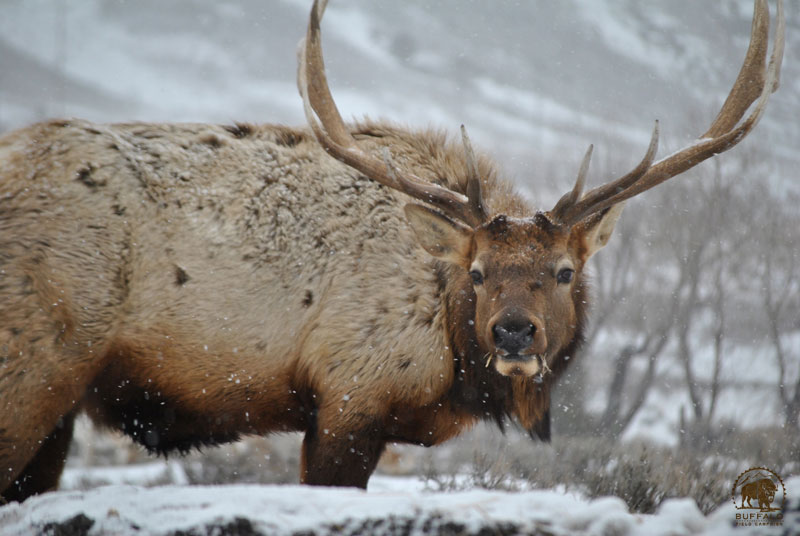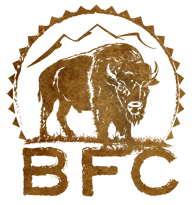The war against the country’s last wild buffalo has been conducted under the guise of preventing transmission of the invasive livestock-introduced bacteria brucellosis between wild bison and cattle. While there has never been such a transmission from wild bison to cattle, thousands of ecologically extinct wild, migratory Yellowstone buffalo have been killed for it. In contrast, elk in the Greater Yellowstone Area (GYA) have been implicated numerous times for transmitting brucellosis to cattle in Montana, Idaho, and Wyoming. Much to the chagrin of livestock interests, elk, who are also far more numerous than wild buffalo, have been largely left alone, free to roam as they — and bison — should be. But if recommendations from a recent government report are followed, elk could begin to be treated as horribly as the buffalo are.
At a 2016 Interagency Bison Management Plan meeting, it was announced that the National Academy of Sciences (NAS) would conduct a new brucellosis study. They recently issued their findings and recommendations in Revisiting Brucellosis in the Greater Yellowstone Area. What they found was no great surprise, but their recommendations should sound alarms. They concluded what we have known all along, the so-called brucellosis threat isn’t coming from wild buffalo, but from elk. We will take this even further to say that the threat is not elk either, but rather the presence of cattle within the GYA. And though the NAS concluded that bison are not to blame, they recommended continuing the heavy-handed mismanagement of these gentle giants via the highly controversial, livestock-industry driven Interagency Bison Management Plan. They also recommended taking a much more heavy-handed approach with elk, including intense population reductions in elk herds, elk hazing, vaccination with bio-bullets, and the establishment of an “elk surveillance program” that would be conducted by the federal livestock overseer, the USDA-Animal & Plant Health Inspection Service. There were two positive recommendations made by NAS, but the commitment to these sounds weak, and the backlash from the cattle industry will be intense: 1) gradually reducing elk feed lots, and 2) consider closing some public lands grazing allotments. These last two recommendations have been advocated by wildlife advocates for decades, BFC included, but have thus far fallen upon deaf ears.
When the report was released, the NAS conducted a webinar where they shared their findings with the public and held a Q&A session. During the Q&A, BFC suggested that the simplest solution would be to remove cattle from the GYA. The NAS agreed that removing cattle would indeed address the wildlife-to-livestock issue, but, of course, they made it clear that this would not happen. They were also asked about developing an effective brucellosis vaccine for use in cattle. The NAS representatives said that a vaccine for cattle wasn’t even a consideration!
Once again, the government places the burden squarely on wildlife. Home to some of the country’s most spectacular lands, waters, and wildlife found nowhere else, the GYA is one of the last best places left on the planet. It is the largest nearly-intact temperate ecosystem on Earth. This magnificent, iconic landscape is home to the country’s only wild, migratory buffalo, grizzly bears, wolves, moose, elk, wolverines, big horn sheep, mountain goats, cutthroat trout, Sandhill cranes, bald and golden eagles, pronghorn antelope, and so much other wildlife who were here long before European invasion. This is their home, not a place meant for invasive cattle. Humans don’t travel from around the world to come see livestock. They come to the beauty and grandeur of this place and all of her wild community members. If the GYA is also the last reservoir for brucellosis, then the solution is simple: remove the cattle and remove the problem.











